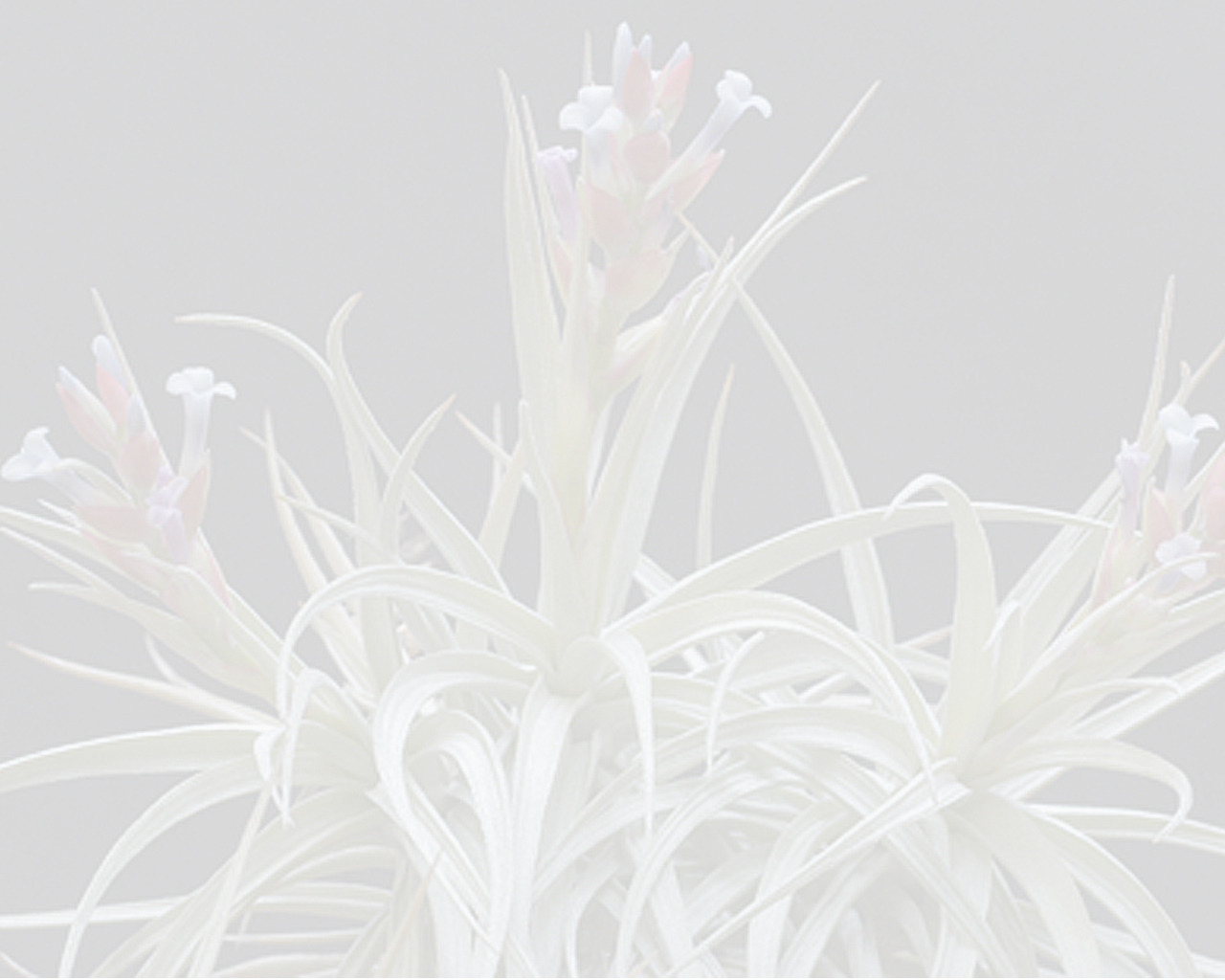


plant to 25 cm high leaves forming a sub-bulbose rosette, 20–25 cm long. leaves: blade above the sheath at the most 12 mm wide, gradually narrowing to a long filiform-acute tip, more or less involute subulate when dry, papery, not at all wavy, sub-appressed lepidote. inflorescence: peduncle slender, scattered brown lepidote, later more or less glabrous; peduncle bracts few, sub-elliptic, with long sub-filiforme blades, much exceeding the internodes; fertile part few flowered, a lax once-branched panicle, totally brown lepidote, equaling the leaves; spikes distichously 10-flowered, up to 23 mm long, erect or divergent, not secund. flowers sub-sessile, spreading, greenish-white, never more than 5 mm long; floral bracts not at all imbricate nor concealing the rachis, densely brown lepidote, reflexed or spreading, ovate, obtuse, strongly concave, not keeled, to 2.5 mm long, much shorter than the sepals; sepals free, clearly asymmetric, dense brown lepidote, broad elliptic, to 4 mm long; petals 1 mm longer than the sepals, much exceeding the stamens.Translated by Butcher & Gouda from: Mez 1935. Bromeliaceae (part 1-4) in Engler, A. (ed) Das Pflanzenreich.